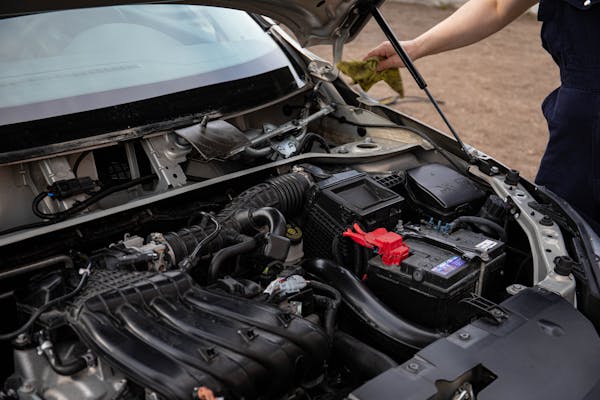Understanding Battery Maintenance: Tips to Extend Your Automotive Battery’s Lifespan
Automotive Batteries provide the power to start your car and run accessories like radios and navigation systems. They are also responsible for keeping power at a premium in modern vehicles with flashing lights, digital connections and other power-hungry features.
The quality of the separators between the battery plates makes all the difference in longevity. Cheap batteries with PVC separators are prone to cycling which shortens their life.
Voltage
There are many factors that can affect car battery voltage. One of the most common is parasitic draw, which occurs when electrical devices in your vehicle continue to drain power after the engine shuts off. This can include interior lights, the clock and settings on your radio and alarm system.
Different types of cars need distinct battery specifications to meet their unique operational demands. A traditional internal combustion engine car typically uses a 12-volt battery to power its ignition and other features.

Car battery voltage is determined by the number of plates within its cells and how they are connected. Early automotive batteries used hard rubber cases and wooden plate separators; modern units have plastic cases and woven sheet separators to prevent the positive and negative plates from touching and short-circuiting.
Amperage
While CCA (cold cranking amps) and RC (reserve capacity) ratings determine the power available to start a vehicle, Amp-Hour (AH) ratings are a measure of the amount of energy a battery can provide over a period of time. For example, a battery with an 80Ah rating can deliver five amps continuously for 80 hours before the battery is completely depleted of power.
Battery manufacturers produce batteries in a variety of physical sizes to fit the many different cars on the road today. To make the most of a battery’s life and performance, it is important to choose a physical size that fits your vehicle.
Like most other automotive components, a battery requires some periodic maintenance to keep it running its best. For starters, regularly cleaning the terminals and topping off the electrolyte level with distilled water can help prevent corrosion and maintain proper fluid levels. Also, regular charging can prevent the battery from completely discharging and needing to be replaced.
Cold Cranking Amps (CCA)
When batteries are operating in cold environments, their chemical reactions slow down and the ability to generate power diminishes. As a result, more cranking current is required to turn over the engine and power other systems such as the ignition, lights and heating. For this reason, CCA ratings are critical and vary by battery size and application. You can consult your vehicle owner’s manual, our battery finder or talk with an auto pro to determine the ideal CCA rating for your car.
While CCA is an important metric to consider, it shouldn’t be the only factor you use to select a battery. Other considerations like reserve capacity are equally important and can help you avoid costly downtime due to a dead battery. Learn more about assessing your battery health and understanding common signals that indicate it’s time for a replacement, including a slow engine crank or battery light on the dashboard. This knowledge will save you money, time and frustration in the long run.
Weight
Car battery weight might seem like an unimportant detail to some, but it’s a critical aspect of your vehicle. Heavier batteries add to the overall weight of your vehicle and reduce fuel efficiency by increasing the amount of effort it takes for your engine to move the car.

Heavier batteries also tend to have more substantial lead plates and a larger volume of electrolyte solution, which translates into higher CCA and RC ratings. In most cases, this trade-off reflects the fact that automotive batteries are designed to meet specific power requirements, rather than aiming for maximum efficiency.
Another consideration is the physical size of a battery, as many batteries are sold by group size. Choosing the right physical size is important because a battery that is too big might not fit in your vehicle and may be damaged by contact with surrounding parts or other objects. A battery that is too small will lack the power capability required by your engine.
